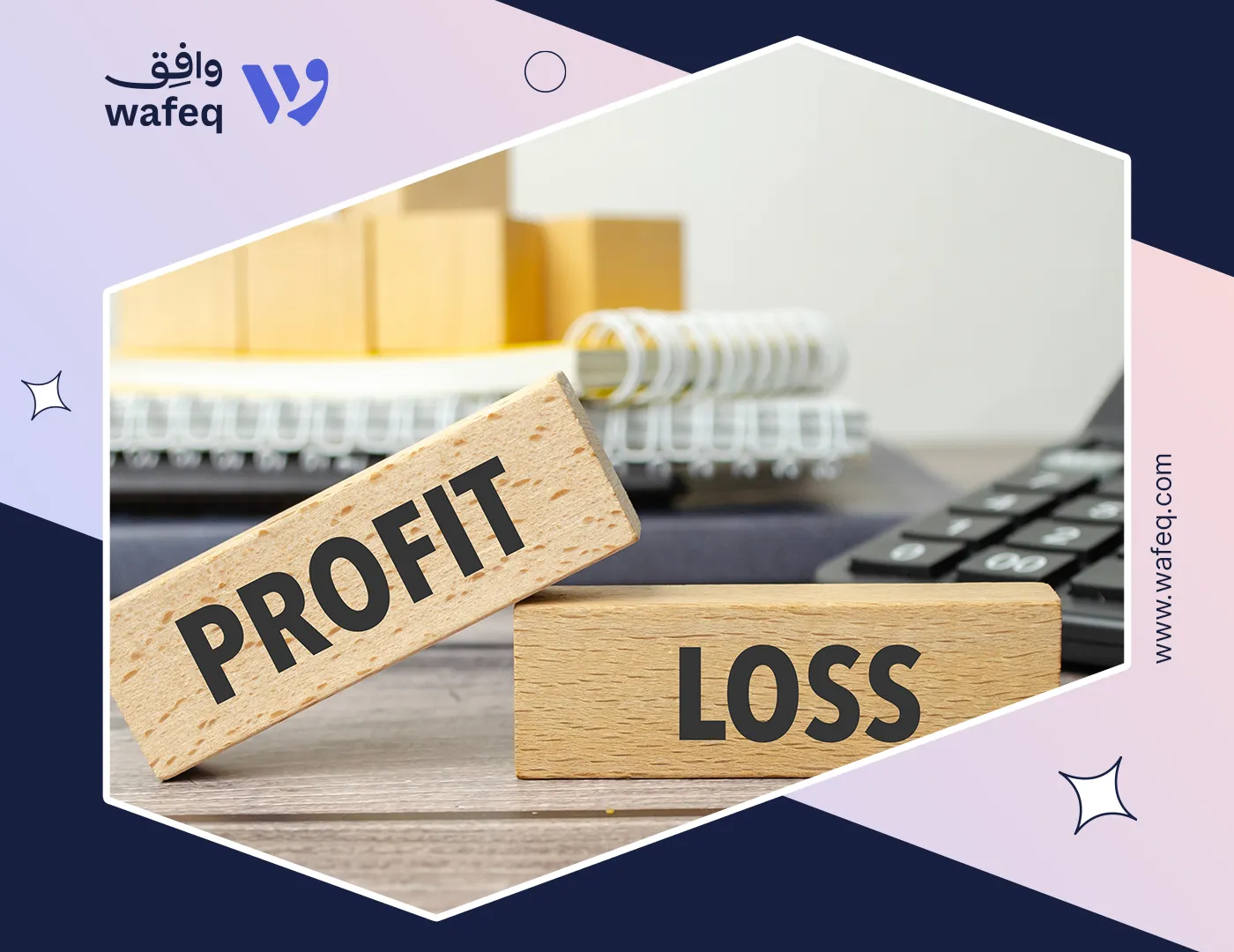The most important financial analysis tools that an accountant must master

Have you ever felt overwhelmed by a sea of numbers, not knowing where to begin? You’re not alone. Many accountants face this challenge daily, not because of a lack of data, but because of the difficulty in turning it into meaningful analysis. Often, the numbers are all there, but the story behind them is missing. That’s where the right tools make all the difference. Financial analysis isn’t just about formulas; it’s a deeper way to understand a company’s reality and translate data into decisions.
In this article, we’ll explore the most important tools every accountant must master, tools that bring clarity, confidence, and control to financial work.
Why Financial Analysis Tools Matter for Accountants?
Accountants are no longer just bookkeepers or compliance officers; they are strategic partners in decision-making. The role has evolved to require real-time insights, forecasting ability, and financial storytelling. This shift demands more than technical skills; it demands mastery of the tools that transform raw numbers into business intelligence. Financial analysis tools help accountants:
- Detect trends early.
- Assess financial health accurately.
- Evaluate performance objectively.
- Support strategic planning and investment decisions.
- Identify risks and recommend timely corrective actions.
Without the right tools, analysis becomes guesswork, and decisions become serious. With the right toolkit, accountants provide the financial clarity that leaders rely on to steer the business.
Without the right tools, analysis becomes guesswork, and decisions become serious. With the right toolkit, accountants provide the financial clarity that leaders rely on to steer the business.
Core Categories of Financial Analysis
Before diving into specific tools, it's essential to understand the core categories of financial analysis. These categories form the foundation for evaluating a company’s performance and financial health. Each offers a different lens through which accountants can interpret financial data and provide insights. Mastering these categories ensures that accountants can choose the right tool for the right purpose and provide a well-rounded analysis that supports strategic decision-making. Here are the five main categories:
- Profitability Analysis Focuses on a company’s ability to generate profit relative to its revenue, assets, or equity. Common metrics include Gross Profit Margin, Net Profit Margin, Return on Assets (ROA), and Return on Equity (ROE).
- Liquidity Analysis Assess whether the business can meet its short-term obligations. Ratios such as the current and quick ratios are key indicators.
- Efficiency and Operational Analysis Measures how well the company uses its resources. Tools like Inventory Turnover and Accounts Receivable Turnover reveal the speed and effectiveness of operations.
- Solvency and Leverage Analysis Evaluates the long-term financial stability of a company. It answers whether the business can sustain its operations with its current debt levels. The Debt-to-Equity Ratio and the Interest Coverage Ratio are often used.
- Growth and Investment Analysis It looks at the company’s ability to grow and reinvest. Metrics such as Earnings per Share (EPS), capital expenditure trends and revenue growth rates fall under this category.
The Most Important Financial Analysis Tools to Master
Financial analysis tools serve as a bridge between raw financial data and business insight. Below are the most important tools every accountant should master, organized by category for clarity and practical application.
Financial Ratios
These ratios provide instant insights into performance, health, and risk.
- Current Ratio: Measures short-term liquidity.
- Quick Ratio: A more stringent liquidity measure that excludes inventory.
- Gross Profit Margin Shows how efficiently a company produces profit from sales.
- Net Profit Margin: Reflects overall profitability after all expenses.
- Return on Assets (ROA): Indicates how efficiently assets are used to generate profits.
- Return on Equity (ROE) Shows return on shareholder investment.
- Debt-to-Equity Ratio: Measures the degree of financial leverage.
- Inventory Turnover: Shows how quickly inventory is sold and replaced.
- Accounts Receivable Turnover: Reveals how efficiently receivables are collected.
Common-Size Statements
Expressing all items as a percentage of sales or total assets helps in internal benchmarking and period comparisons.
- Vertical Analysis: All line items in a financial statement are shown as a percentage of a base figure.
- Horizontal Analysis: Compares financial data across multiple periods to identify trends.
Trend Analysis
Comparing data over multiple periods highlights patterns, seasonality, or financial shifts. It's useful for revenue, expenses, and margin trends and aids in budgeting and forecasting.
Cash Flow Analysis
Beyond profit, cash flow is the true indicator of liquidity and sustainability.
- Operating Activities: Core business inflows/outflows.
- Investing Activities: Long-term asset purchases or sales.
- Financing Activities: Loans, equity, and dividend actions.
Break-Even Analysis
Identifies when revenue covers total costs, helping in pricing, production, and expansion planning.
Break-even point = Fixed Costs ÷ (Selling Price – Variable Cost per unit)
Break-even point = Fixed Costs ÷ (Selling Price – Variable Cost per unit)
Variance Analysis
Compares actual performance with budgeted figures to identify gaps and causes. Variance Analysis is common in monthly and quarterly reporting cycles and triggers a deeper investigation into cost centers.
Forecasting & Financial Modeling
Future-focused tools that use historical data to project future performance.
- Scenario modeling.
- Sensitivity analysis.
- Rolling forecasts.
DuPont Analysis
Breaks ROE into components for a deeper diagnosis of profitability, efficiency, and leverage.
ROE = Net Profit Margin × Asset Turnover × Equity Multiplier
ROE = Net Profit Margin × Asset Turnover × Equity Multiplier
Dashboards & Visualization Tools
Turning complex data into clear visuals accelerates decision-making.
- Excel, Google Sheets, BI tools.
- Wafeq dashboards with real-time updates.
- Interactive charts and trendlines.
Pitfalls That Skew the Results When Using Financial Tools
Even with the right tools at hand, financial analysis can lead to misleading conclusions if applied incorrectly. The issue often lies not in the data but in the interpretation and assumptions behind it. Here are some of the most common mistakes accountants should watch out for:
- Relying on One Ratio or Metric A single financial ratio rarely tells the full story. Looking at profitability without liquidity, or leveraging without a growth context, can lead to poor decisions.
- Ignoring the Time Frame Using short-term data to assess long-term performance, or vice versa, can distort analysis. Always align the tool with the appropriate time horizon.
- Lack of Industry Context Financial benchmarks differ across industries. A ratio that signals danger in one sector may be normal in another. Comparing without context often leads to incorrect judgments.
- Overlooking Data Quality Garbage in, garbage out. Even the most advanced tools won't yield useful insights if the data feeding your analysis is outdated or inaccurate.
- Focusing on Formulas Over Business Meaning It’s easy to get caught up in calculations, but the goal is to understand the business reality behind the numbers, not just crunch them.
- Failing to Update Assumptions In forecasting or modeling, assumptions must be reviewed regularly. Using outdated assumptions leads to irrelevant or risky outcomes.
Consistency, Clarity, and Context: How to Use Tools the Right Way
To extract the most value from financial analysis tools, accountants must apply them with discipline and professional judgment. Here are the key best practices that ensure accuracy, reliability, and relevance:
- Ensure Consistency in Application Apply tools and ratios in the same way over time. Consistent methods grant reliable comparisons and meaningful trends.
- Document Assumptions Clearly Whether forecasting or conducting variance analysis, make all assumptions transparent. This helps others validate and replicate your work when needed.
- Adapt Tools to Business Needs Don't apply tools blindly. Align each tool with the company’s size, industry, and financial goals to ensure relevance.
- Use Tools Together for Balanced Insight No single tool is perfect. Combining profitability, liquidity, and solvency metrics gives a fuller picture of the financial reality.
- Leverage Visualization for Communication Translating numbers into charts, dashboards, and summaries helps decision-makers understand the story behind the data, especially for non-financial stakeholders.
- Automate Routine Reports Use platforms like Wafeq to automate repetitive financial reports. This allows accountants to focus on analysis rather than data preparation.
- Stay Updated on Tool Enhancements Financial tools evolve. Stay informed about new features, regulations, or updated formulas to keep your analysis accurate and compliant.
How Wafeq Helps Accountants Automate and Master Financial Analysis
- Real-Time Dashboards ّnstant visibility into key financial metrics, including profitability, cash flow, overdue invoices, and more, all presented in a clear visual format that updates live.
- Pre-Built Financial Reports Wafeq automatically generates income statements, balance sheets, and cash flow statements, which are clean, exportable, and audit-ready.
- Custom Ratio Tracking Set KPIs like gross margin, debt-to-equity, or working capital directly inside Wafeq without creating complex spreadsheets.
- Variance and Budget Analysis Compare actual results against budgets or prior periods automatically. Identify variances early and drill into their causes.
- Forecasting Integration Feed historical data into projections to model growth scenarios and prepare for investment decisions.
- ERP and Banking Integration Sync with accounting systems, banks, and expense platforms to ensure accurate, up-to-date inputs for analysis.
- ZATCA and VAT Compliance Built-in support for e-invoicing, VAT filings, and tax-ready documentation ensures compliance while reducing manual effort.
Also Read: How to Develop Analytical Skills for Accountants.
Strong financial analysis shapes better decisions. Accountants who master the right tools deliver clarity, uncover risks, and guide growth. Each tool serves a purpose; together, they form the foundation of strategic finance. With platforms like Wafeq, analysis becomes smarter, faster, and more valuable.
FAQs about the Essentials of Financial Analysis
What is the difference between vertical and horizontal analysis?
Vertical analysis shows each item as a percentage of a base figure in the same period (e.g., cost as % of revenue). Horizontal analysis compares the same item across different periods to identify trends.
Which financial ratios should I review regularly?
The right frequency depends on the company’s size, industry, and reporting cycle. At a minimum:
- Monthly: Current ratio, quick ratio, gross profit margin.
- Quarterly: ROE, ROA, debt-to-equity ratio, accounts receivable turnover.
Can financial analysis be fully automated?
Many steps, like report generation, ratio calculation, and dashboard updates, can be automated using platforms like Wafeq. However, interpretation still requires human judgment.
How is forecasting different from historical analysis?
Historical analysis evaluates past performance. Forecasting uses past data to predict future trends and test scenarios, often requiring modeling tools and assumptions.
Do I need BI tools if I already use accounting software?
Not always. Many modern accounting platforms like Wafeq offer built-in dashboards and KPIs. BI tools are helpful for deeper analytics or when consolidating data from multiple systems.
Try Wafeq and turn complex data into clear, actionable insights. built for accountants who lead.
Try Wafeq and turn complex data into clear, actionable insights. built for accountants who lead.





.png?alt=media)









